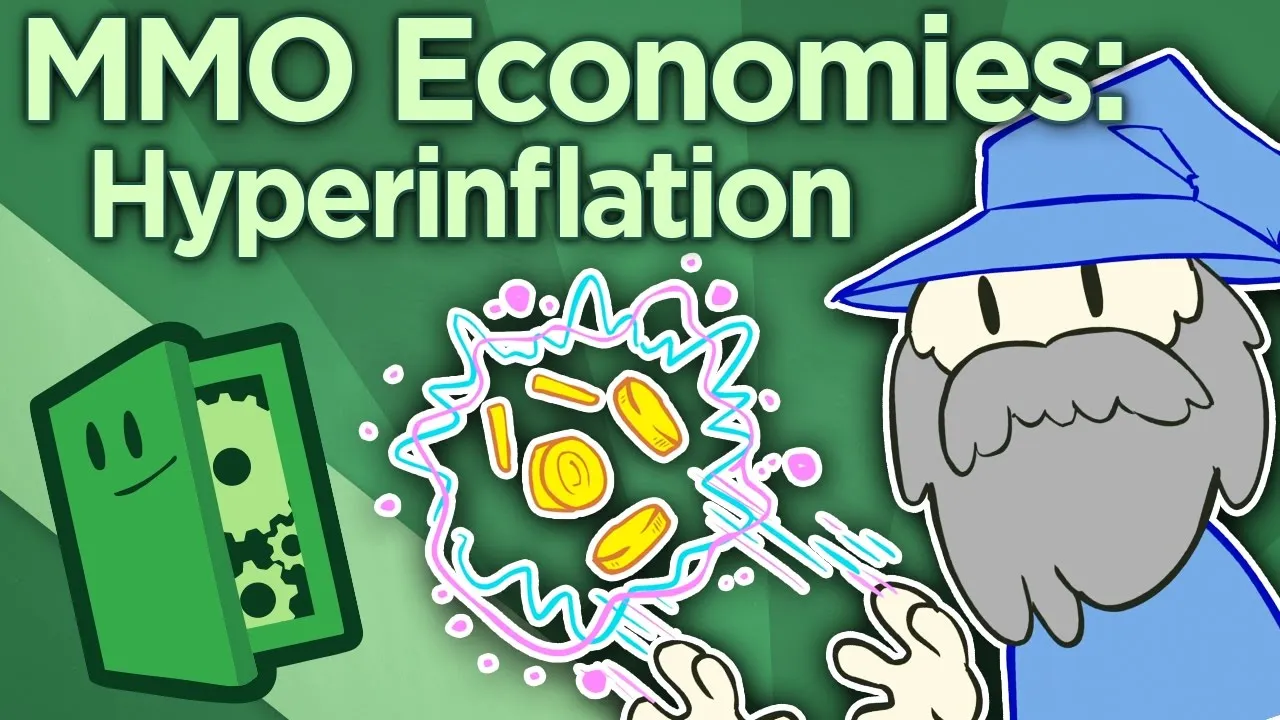Is Splinterlands' Economy Sustainable without a Stream of New Players?


Is Splinterlands' Economy Sustainable without a Stream of New Players?
Let's talk about the economics of Splinterlands. More especifically, about the sustainability of the game's economy, a crucial aspect that directly affects both the player experience and the long-term profitability and viability of the game.
But first, let's talk about EVE Online. Eve is sci-fi MMORPG that's renowned for its remarkably sustainable economy. I've already talked about EVE several times here on Hive, always using it as a paradigm of a good, healthy game economy.
The game's economy is carefully crafted to mirror basic real-world economic principles, promoting a healthy balance between supply and demand. One of the main factors contributing to EVE Online's sustainability (and the main reason why it regularly gets the spotlight on PCGamer) is the destructibility of in-game assets. When ships are destroyed in conflicts, they're permanently lost, resulting in a consistent need for players to acquire new ships, resources, and equipment. This destruction acts as a counterbalance for the resources that player continally grind and earn on the game.
Similarly, EVE has to continually drain money ($ISK) from the game to prevent hyperinflation. They do this through several gold sinks, mainly the so-called "manufacturing tax": to create a new asset (that's constantly being destroyed), you have to spent currency that's permanently destroyed. This regulates the circulation of in-game currency, maintaining its value and ensuring a thriving player-driven economy.
The balance between asset creation and destruction fosters a healthy supply and demand cycle, driving economic sustainability in EVE Online.
Applying EVE's Lessons to Splinterlands
Splinterlands already adopted some of the economic principles that have made EVE Online's economy sustainable. The main one being Asset Destruction through the card-burning mechanic: cards are permanently removed from the game by being merged into a single asset.
I think that the game could introduce new mechanisms that destroy/degrade assets over time in order to prevent an overaccumulation of assets. For example, limited-use cards that expire after a certain number of battles could encourage ongoing card acquisition and usage.
We also need Gold Sinks. DEC Sinks. We already have some transaction fees on the market, but they're not enough to prevent inflation. We had other mechanics like the DEC-B purchases to burn DEC, but they're still not enough. I honestly don't know how a cryptogame could burn currency and still be profitable, tho.
As the game continues to evolve, the sustainability of its in-game economies becomes increasingly important. Splinterlands isn't a shiny brand-new trendy game anymore, and isn't attracting many new players.
Is Splinterlands's economy strong enough to be sustainable over the next years without having a huge influx of new players as it experienced during the golden years of 2020's?


Thanks for reading this post, and until next time!
If you enjoyed the post, feel free to follow me as I'm routinely writing about Gaming, Investment, Fitness and Literature, and posting about other random fun subjects like Travel, Photography and Metal Detecting!
If you want to play fun NFT Games, I do strongly recommend 🃏Splinterlands, 🤖TerraCore, ⭐RisingStar and 🌿dCrops. Send me a message if you need help starting out!
And, if you're feeling lucky, go to HiveSlotGames and win money by playing on the 🍀Roulette🍀, 🃏BlackJack🃏, 🎲Dices🎲 and 🎰Slots🎰!

Unless stated otherwise, all images are created and owned by me.
This is definitely NOT financial, legal or investment advice. You wouldn't get your financial advice from a squirrel, would you? Cryptocurrencies are very volatile, so don't invest what you can't afford to lose.
Also, believe it or not, I'm not actually a squirrel! This handsome rodent in my profile picture is a character from 'Conker: Live & Reloaded'. Here's Real Life me!